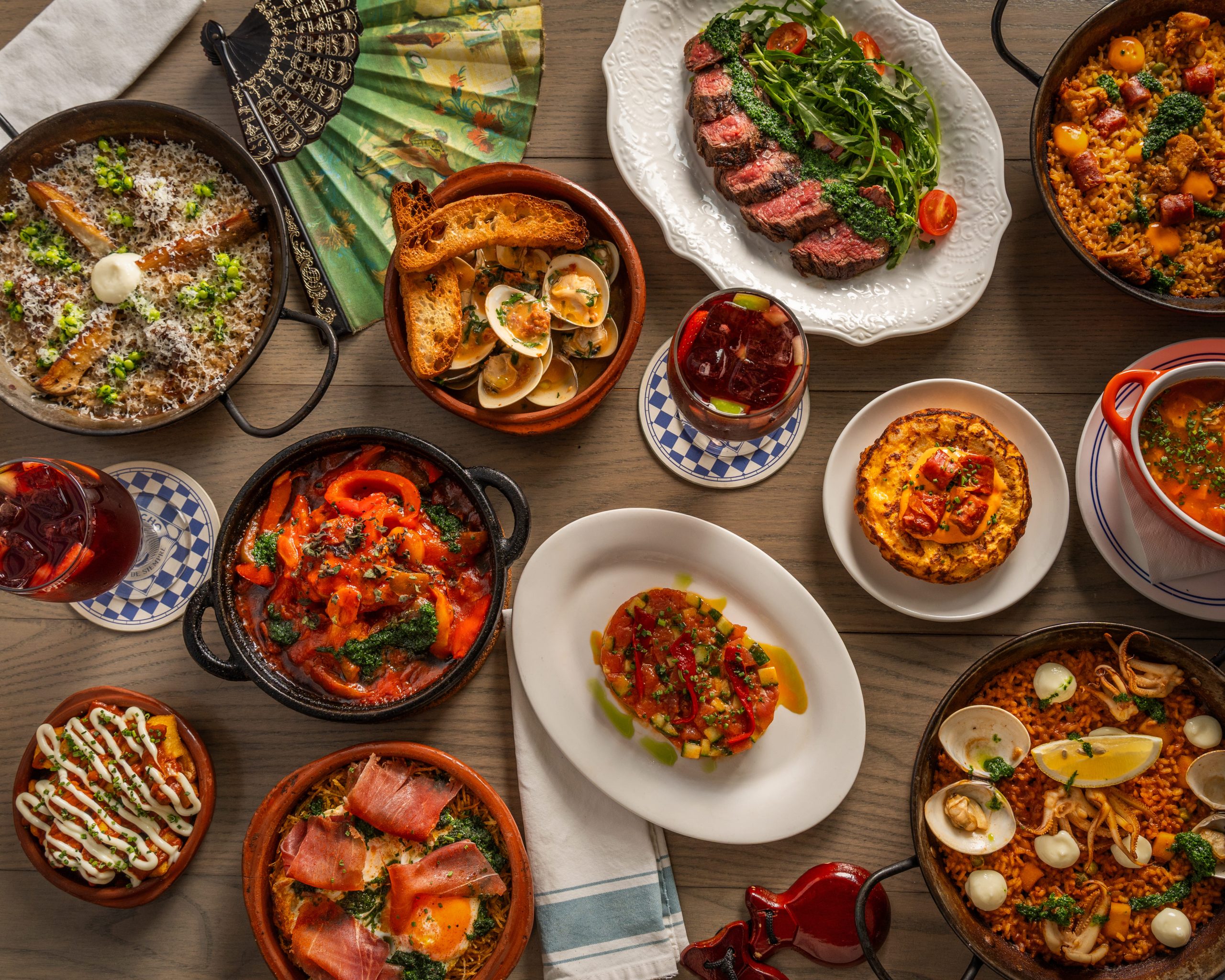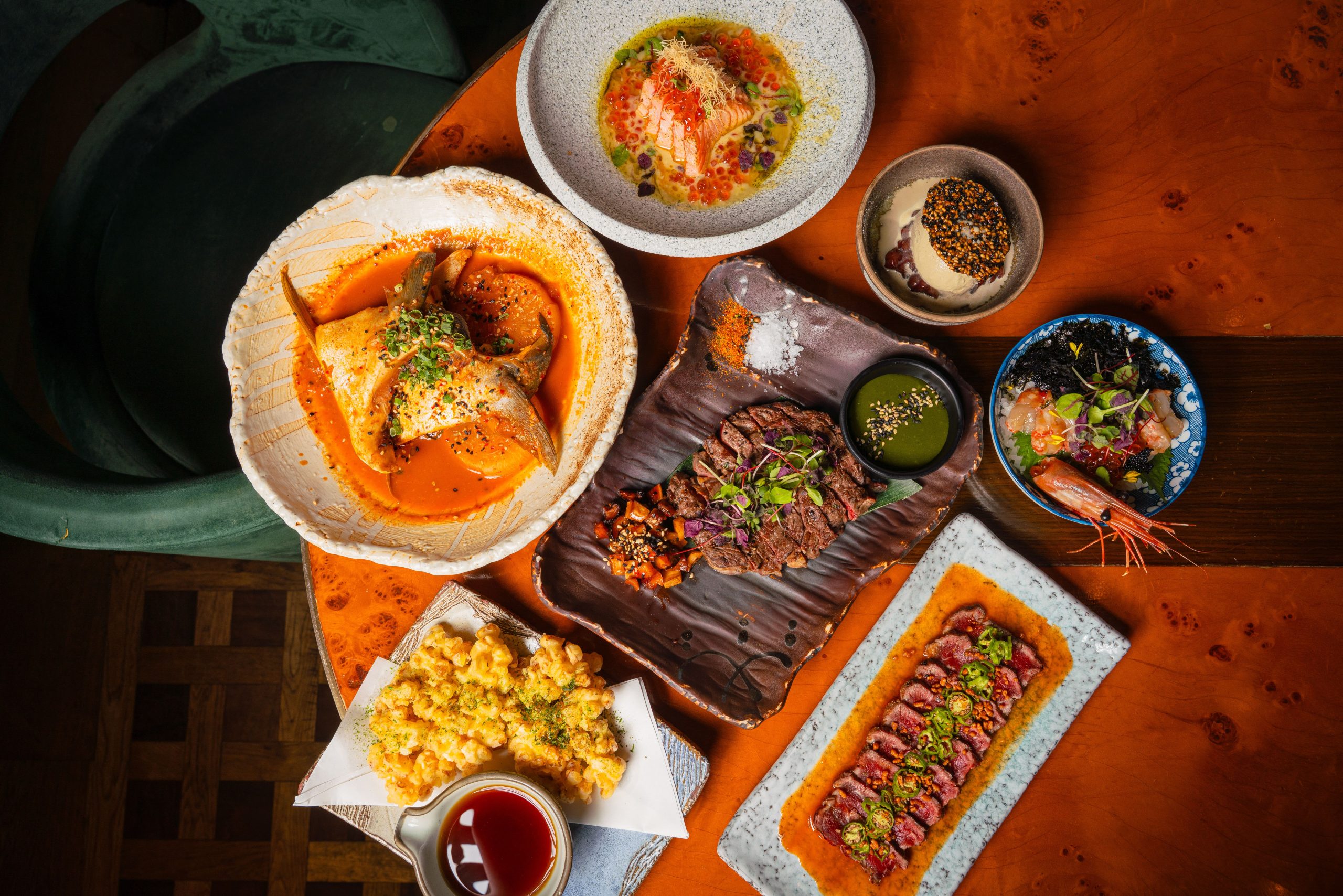
The Piedmontese like to joke that Agnolotti del Plin, the thimble-sized dumplings filled with slow-cooked meats like veal, rabbit and pork, are what they call a vegetable. This region in northwest Italy, surrounded by the Alps and characterised by mist-filled valleys, is known for many things, among them Barolo and Barbaresco wines, but vegetables isn’t one of them.
So for Enrico Crippa, chef at three-Michelin-starred Piazza Duomo in Alba, the heart of Piedmont, to make a salad his signature dish is an incredibly bold move. This salad isn’t your regular Caesar, of course, but a dish that, on any given day, easily incorporates over a hundred shoots and leaves. The insalata 21, 31, 41…, as it’s called, is all about showcasing the produce grown in his experimental garden, Orto Piazza Duomo, just a few minutes from the restaurant.
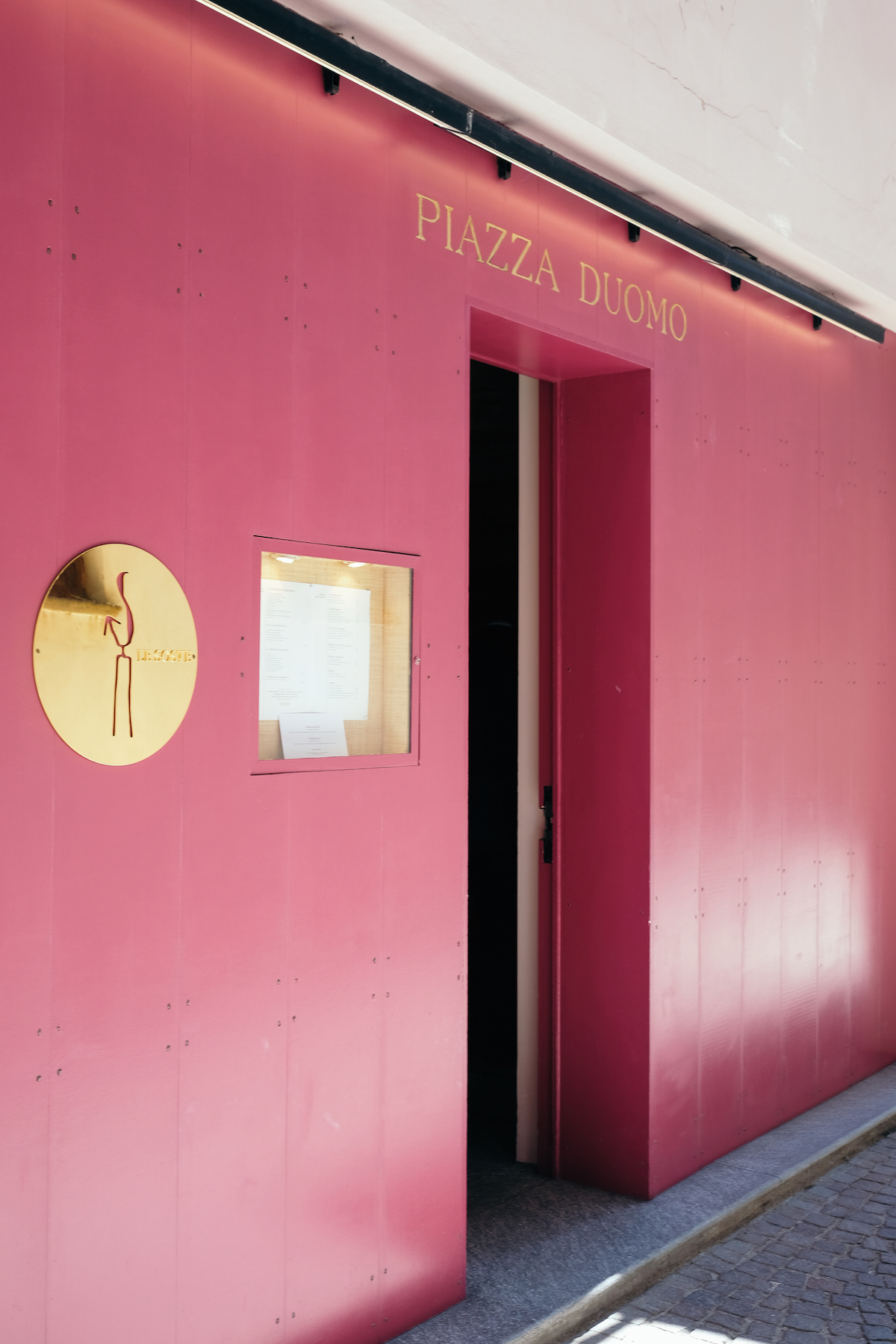
“Vegetables are living things that make you feel alive, they are colourful and they make you feel good,” Crippa explains simply. The Orto (an old Italian word for garden) is home to over 300 species of plants, from popular herbs like thyme to obscure ones that seem barely edible. It’s the job of the culinary gardener, Enrico Costanza, to research both ancient and new varieties for the region, including working with the likes of chef Dan Barber of Blue Hill Stone Farms in upstate New York, which is also renowned for agricultural experimentation.
“A region like Piedmont is a dream”, Crippa says, because so much is able to grow there. He adds, “It’s impossible to choose an iconic dish or flavour of the region. The problem is, there are too many”. But there’s one classic Piedmontese ingredient he’s made sure to showcase – hazelnuts.
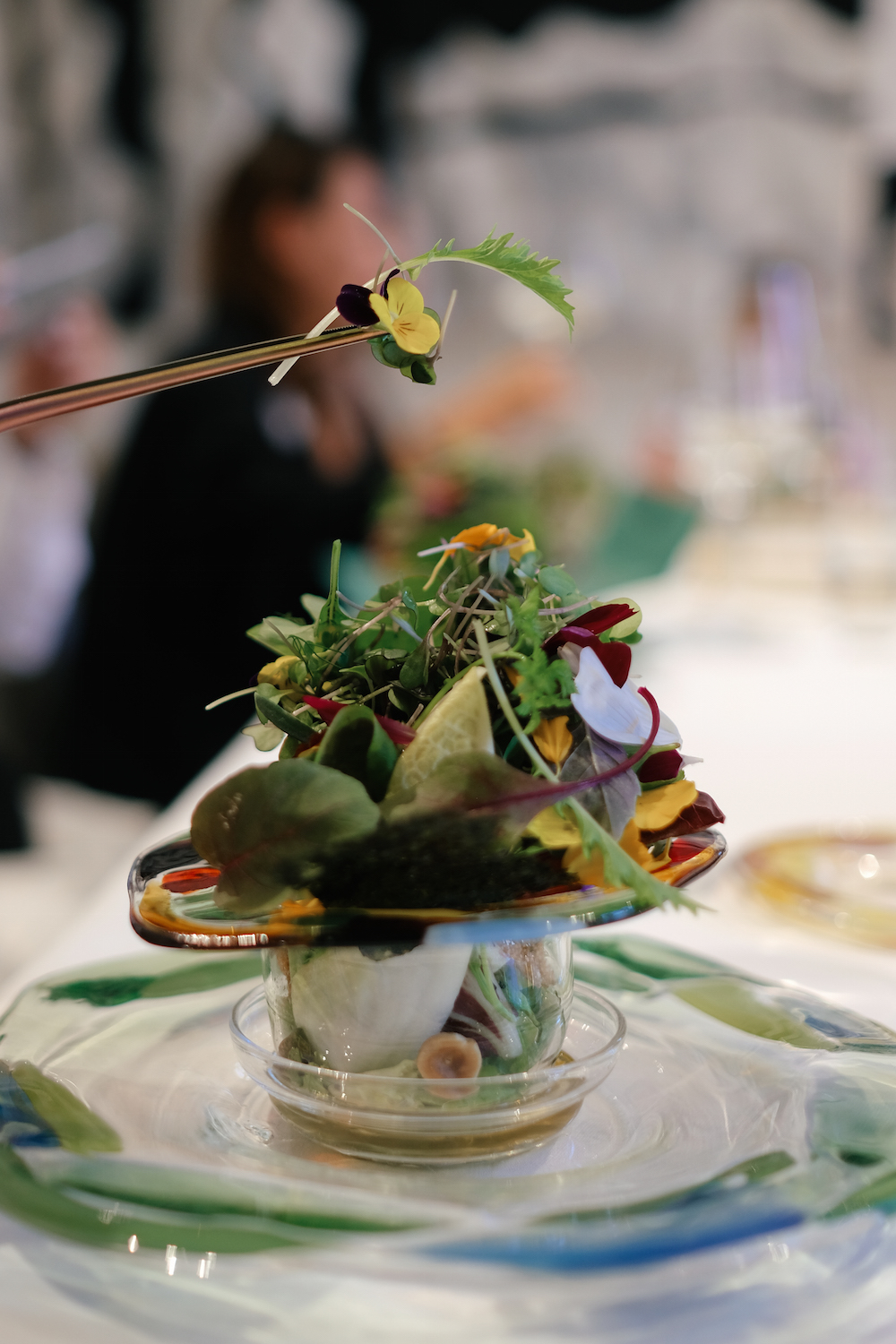 The fact that they’re called Tonda Gentile, meaning “noble spheres”, gives you an idea of how important they are to the region. “It used to be said that employees of Ferrero Rocher [based in Alba] worked Monday to Friday in the factory and are given Saturday off to look after their hazelnut trees so they could supply the factory, and on Sunday they could be with their families and go to church,” says Federico Ceretto, whose family has been making wine in the region for over four generations, and founded Piazza Duomo. Hazelnuts are abundant in these parts, because like wine grapes, they don’t require fertile soil. While driving through Piedmont, even the casual observer would notice neat rows of hazel bushes alongside the vines. Unlike wine grapes, however, hazelnuts are relatively low-maintenance, and have always been a source of extra income for the Piedmontese. Here, they’re protected by the European Union by IGP certification (protected designation of origin). These nuts are the main ingredient in the region’s famous hazelnut cake, a naturally gluten-free cake made with little more than hazelnut meal, butter, eggs and sugar. For chef Crippa, these cakes were part of his integration into Piedmont. Originally from Lombardy, Crippa learned a lot from local families when he arrived in Piedmont, recalls Ceretto. One of the things he learned was hazelnut cake. The Ceretto family decided to help Crippa manufacture the cake at their food factory, thinking that as locals, they would know exactly how to make the cake, but every time they made it, chef would say it wasn’t right. “This went on for eighteen months,” Ceretto recalls. “Finally, we had to ask him to give us his recipe.” Now, the Ceretto family makes around 10,000 of Crippa’s version of the hazelnut cake per year.
The fact that they’re called Tonda Gentile, meaning “noble spheres”, gives you an idea of how important they are to the region. “It used to be said that employees of Ferrero Rocher [based in Alba] worked Monday to Friday in the factory and are given Saturday off to look after their hazelnut trees so they could supply the factory, and on Sunday they could be with their families and go to church,” says Federico Ceretto, whose family has been making wine in the region for over four generations, and founded Piazza Duomo. Hazelnuts are abundant in these parts, because like wine grapes, they don’t require fertile soil. While driving through Piedmont, even the casual observer would notice neat rows of hazel bushes alongside the vines. Unlike wine grapes, however, hazelnuts are relatively low-maintenance, and have always been a source of extra income for the Piedmontese. Here, they’re protected by the European Union by IGP certification (protected designation of origin). These nuts are the main ingredient in the region’s famous hazelnut cake, a naturally gluten-free cake made with little more than hazelnut meal, butter, eggs and sugar. For chef Crippa, these cakes were part of his integration into Piedmont. Originally from Lombardy, Crippa learned a lot from local families when he arrived in Piedmont, recalls Ceretto. One of the things he learned was hazelnut cake. The Ceretto family decided to help Crippa manufacture the cake at their food factory, thinking that as locals, they would know exactly how to make the cake, but every time they made it, chef would say it wasn’t right. “This went on for eighteen months,” Ceretto recalls. “Finally, we had to ask him to give us his recipe.” Now, the Ceretto family makes around 10,000 of Crippa’s version of the hazelnut cake per year.
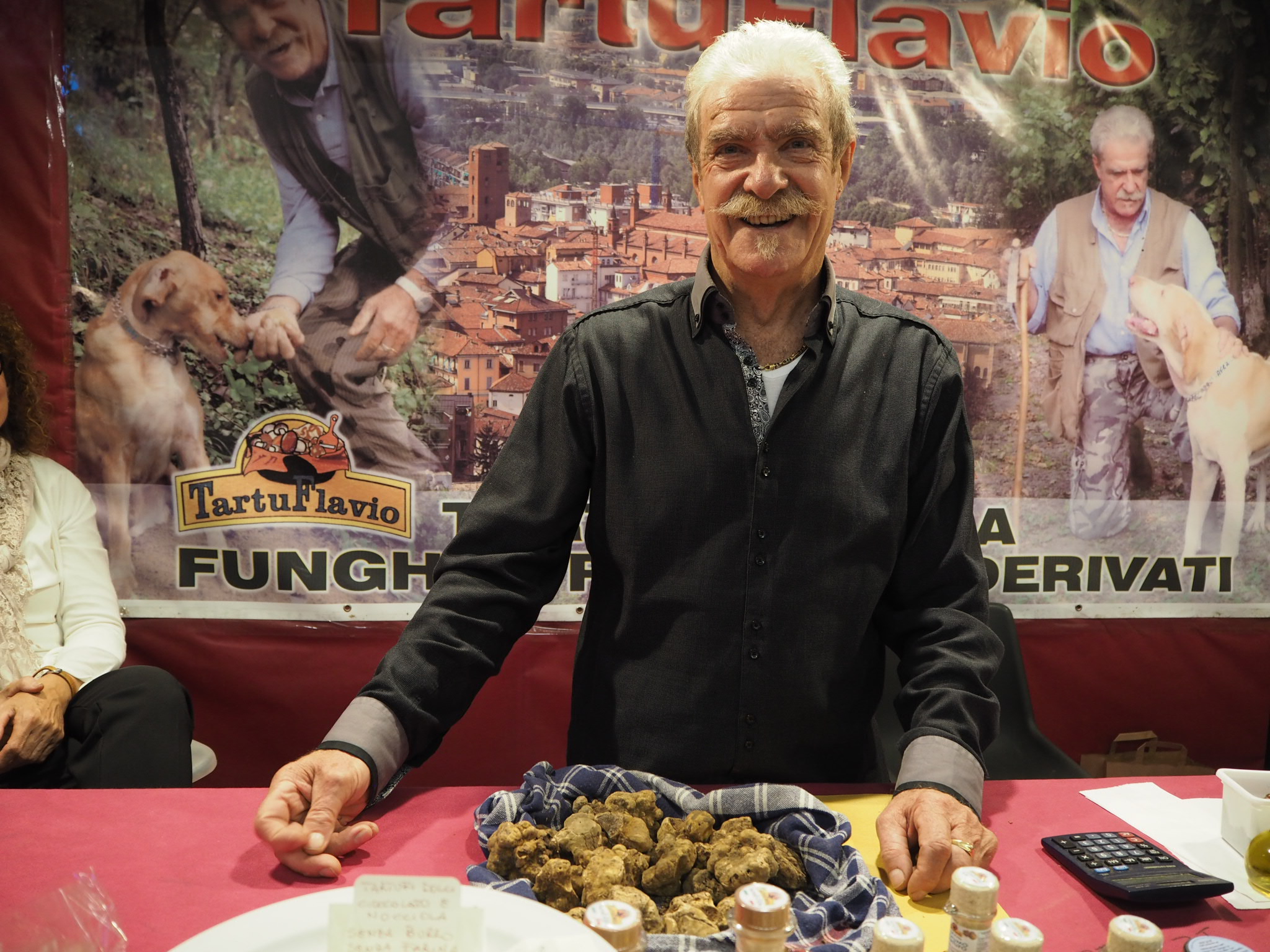
If you’re travelling to Alba in November, however, there’s one other scent they won’t be able to escape – white truffles. These “white diamonds” fetch thousands of Euros in auctions and markets (the most famous being Alba’s own white truffle festival, which this year ends on November 25th), and have made Piedmont’s forests some of the most storied. These gnarly, potato-like bulbs are often mistaken as fungi themselves, but are actually the fruits of fungi, and there are many species found around the world, from Italy and France, to Croatia and even Yunnan. What makes Alba’s white truffle especially valuable is that no one has found a way to cultivate them – they can only be found when foraging in the wild, and grow in symbiosis with roots of particular trees, such as poplar and oak. The most successful trifulau (truffle hunters) find them through years of experience and intel about the best locations, as well as telltale signs, such as trees scratched by small animals that have smelled the truffle and tried to dig through, or signs of certain insects that are attracted to it. More often than not, however, a trifulau will be accompanied by a dog, whose sense of smell is an incredibly useful tool. Photos of these trusty four-legged friends are often proudly on display at many trifulaus’ stall at the annual International Alba White Truffle Fair. While most of the stallholders there don’t speak much English, you’re welcome to take a sniff of the foraged treasures before you buy, and it costs a fraction of what you’d pay outside of Alba.
The Alba International White Truffle Fair is on every weekend until November 25, so if you’re quick, you might still make it in time for this year. If not, Hong Kong’s Italian restaurants would be more than glad to serve you some white truffle, which is having a windfall year. You can even round your meal off with some of Crippa’s hazelnut cake, which is now available in Hong Kong, shipped directly from Alba.
To pre-order the Hazelnut Cake contact talktome@certa.com.hk


